This episode marks the start of what is going to be a continuous series in which I’ll show-case multiple individual or smaller groups of shots that would not in themselves make a full episode, and provide my thinking behind the image along with any relevant tips and techniques I might have. Sometimes it will just be a showcase with nothing specific to say about it. I intend right now having gone through my online gallery to talk about 12 images in this and the next episode. There are no plans after that, but I will almost certainly add more individual shots to my gallery as time passes, so in the future, we’ll definitely see a part 3 and a part 4 etc. I could probably find a fair few other shots as well to talk about, but haven’t selected any more at this time. If you have a particular image from my online gallery at martinbaileyphotography.com that you would like to know more about, and that I haven’t already mentioned in a previous episode, please do drop me a line using the contact form linked in the top menu at my Web site, or by private message in the forum, and I’ll add it to the list for future episodes. I’ve mentioned an email address a few times in recent months, but that has now somehow gotten on to some spam mailing lists, so unfortunately, for the majority of you that use the Internet for positive reasons, I’ve decided to disable it. That means that once again the only way to contact me if you don’t already know my private mail address is via the forum or contact us form.
So, the first image I want to look at today is number 363. This was shot in the grounds of a temple on my way back from a walk around a park not far from my Tokyo apartment. It is of a Dainichi Nyorai statue, basically a type of Buddha statue. The reason I wanted to talk about this image today is to emphasise that the most obvious subject is not always the most effective. Here, instead of focusing on the face of the statue, I decided to focus on one of the somewhat soiled bronze lotus flowers positioned on a long stalk to the side of the statue. Shot back in 2004, I was using my old 10D, with my 100-400mm lens at 275mm. To throw the face of the Buddha out of focus as much as possible I opened the aperture up as wide as it will go for this focal length, which is f5.6, and this gave me a shutter speed of 1/10th of a second in this light. Looking back at the EXIF data for this, I should have selected ISO 400, to get a faster shutter speed, but I actually had selected 200. Handholding this at 1/10th of a second means that it is slightly soft. Definitely softer than I would like, but it still works relatively well and this image has actually been used in a US based magazine on Buddhism called “The Light of Consciousness”, so some others seemed to like it too.
I think this shot may not have worked so well if the lotus flower had been cleaner. It is perhaps tempting to brush it clean, but the earthy feeling added by the bits of dried grass and dirt stuck to it work quite well for me. Then you can also see that I positioned the features on the face of the Buddha strategically in the right side of the frame, with the eyes, nose and mouth clearly visible, though out of focus. The bindhi or the spot on the forehead of the statue is also clearly visible kind of driving home the fact that this is a statue of Buddha.
The next image I wanted to look at today is number 465. Here luck meets preparation, as it often does, when I captured a Green-Banded Swallowtail butterfly coming in to land on an Orange Cosmos flower. There were a few of these butterflies fluttering around the Cosmos patch in a park here in Tokyo, and I was tracking some of them with my 100-400mm lens, hoping for a shot like this. Apart from the fact that I clipped the tip of the left wing of the butterfly, it all came together here. I don’t even remember if the butterfly actually landed on the flower after this, but with his head and front legs just entering the depth-of-field here, and the flower perfectly crisp, it really looks to me as though the butterfly has his gear down coming in to land. As usual, I was making sure I had no distracting elements in the background by watching the angle I was shooting from, ensuring that only the blotches of orange against the green background made up the backdrop.
Again shooting with the aperture wide open at f5.6, I had the lens set to its longest focal length of 400m and the ISO at 200, giving me a shutter speed of 1/800th of a second. I find with shots like this patience is very important, as well as luck. You can have everything come together in just a few minutes if you are lucky, but really spending an afternoon at least, just shooting and shooting, can really increase your chances of getting something that stands out a little more. Of course, if you’re aiming to shoot wildlife that is harder to come by, or you want just the right conditions, you will have to invest much more time and often money, but the fact is most of us can’t go that far for one reason or another. Usually for me, apart from a few extended trips a year, most shooting is done on either one or two days over the weekend, within driving distance of home, so getting yourself to the right place with the equipment to capture your intended subject and giving yourself plenty of time can give you more than a good chance of capturing something to be proud of, like I am of this shot.
This next shot, number 504, is one of those that I shot on more of a family outing type trip, as I was walking through the backstreets in Kyoto with my other half. Kyoto is a beautiful place, steeped in culture, and oozing with photo opportunities. I have to admit, I can’t really pinpoint why I like this photo. All I know is that whenever it shows up on my desktop in a slideshow of my shots, it captures my attention. Trying not to sound too vain, I of course like all of my shots that I display in my slideshows, but obviously some stand out more than others. I usually understand why, but this one just grabs me for a reason I can’t place, so I thought I’d include it here anyway. This was shot towards the end of 2004 with my 20D now, and the 100mm macro lens. It was raining, which explains the little twinkly lights on the end of some of the leaves. Because it was overcast and raining I used an ISO of 400, which with an aperture of f3.5 gave me a shutter speed of 1/80th of a second. I was in aperture priority mode and had applied -1 stop of exposure compensation to stop the background becoming too bright due to the large patch of dark leaves in the frame. The camera would have also tried to make the scene brighter, more like a sunny day, and the atmosphere would have been lost. You can see that I included the old style window on the house making up the background, and there’s the diagonal top of the roof around the doorway, and the bamboo screen on the upstairs window that are often used in Japan to stop too much hot sun from entering a room during the day. These are kind of graphic elements and shapes, but because I focused on the overhanging leaves in the foreground with a wide aperture, they’re out of focus. They’re in focus enough for us to be able to make them out though, and this makes us work a little harder to understand the shot, and split the graphic, man-made elements from the natural elements of the leaves. Maybe this is why I like the image, but I’m not sure.
In image number 573, you can see what initially seems to be a black and white image. This is in fact though shot in colour, and not converted in any way. The file is still a colour image. I shot this in January 2005, again with the 20D and the 100mm macro lens. I was walking in the nature research institute not far from my home in Tokyo and noticed this dried up flower head with the seeds kind of mummified, left over from the previous autumn. It was just sitting in the shadows, waiting to be photographed, and because of the shadows, the scene seemed to have lost all its colour, apart from a slightly detected brown cast of the stem of the flower itself and the dried grass in the background. Again shot at ISO 400 because of the low light, an aperture of f5.6 gave me a shutter speed of 1/80th of a second for this shot too. The depth-of-field from an aperture of f5.6 at this distance is quite shallow, but keeps enough detail in the back of the flower for us to still make out the overall shape, and yet throws the background out of focus so much that it’s just a patchy layer of bokeh, which is what I’m usually trying to do with my photographs. Winter in Tokyo is relatively warm in comparison to say England, where I was brought up, or Hokkaido, the bestest place in the whole-wide-world, but still, on this day there was quite a nip in the air, and I recall how clear and fresh that cold air was as I shot this. Or maybe it wasn’t quite that cold? I can’t help but think that maybe my memories of this day are being altered by the stark appearance of this wintered, withered flower head. This reminds me that photographs are not just a record of an event or a particular day or subject, but as our actual memory of the day fades, photographs become that memory. In years to come, if my memory does fade totally, so that nothing is left, I will be able to look back at these images and remember these years that I spend in Tokyo, assuming that I’m no longer living here of course, and recall everything, though probably filling in lots of gaps with the imagination that I hope will still be intact, even if the memories aren’t.
Now let’s look at image number 1026, shot almost exactly a year ago, at the end of June 2006, with my 5D and trusty 100mm macro once again. I titled this photo “Gas Mask” for reasons I hope will be obvious if you’re viewing the image along with me. A little ID work after the shoot revealed that this is a female Astochia virgatipes, a type of large fly, native to Japan. With ISO 200 I shot this hand held with an aperture of f4 for 1/125th of a second. I should also mention that I was using the Macro Twin-Lite MT-24EX, which is a strobe system from Canon that allows me total control over the angle and strength of both of the strobe heads attached to a mount on the front of the lens. Because I was using the Twin-Lite, I could have gone for a smaller aperture, but the shallow depth-of-field here again helps to keep our focus on the most interesting part of the subject, which are those big rainbow coloured insect eyes and the straw like mouth protruding down below them. It also allowed me to get the front legs pretty much in focus and we can also make out the second set of legs behind those. The torso of the insect becomes just a pale fuzzy blur though, kind of acting as a backup element for the gas mask like face. It’s all too easy when shooting insects with macro lenses to get into the habit of bulls-eyeing them in the center of the frame, especially when hand-holding your camera, because focusing is much easier that way. I really here though just wanted to say that unless you are really just documenting a species, with no intention of making an artistic image, you really want to still keep composition in the forefront of your mind. Here you can see that I’ve used the rule of thirds by moving the subject away from centre to the left vertical third line. This of course increases the amount of leaf we can see, and is much better balanced than it would have been had I bulls-eyed the subject.
Let’s look at one last image for today, which is number 1152. Here we see, again the face of a statue of Buddha. This is the Amida Nyorai at the Sensouji temple in Asakusa, a popular spot for both Japanese and foreign tourists visiting Tokyo. I go there once a year or so, sometimes just for the hell of it, but more often these days when friends come to town and I head out to show them the sites, as on this occasion. Unfortunately, for my friends that is, I can’t go to these places without taking a camera, so I generally keep them waiting to varying degrees while I get shots like this. It was raining quite heavily on this day, and the thing that caught my eye with this subject is the rain that had run down the face of the Buddha giving the appearance that the status was crying. It’s a relatively large statue, so I put the 1.4X extender on my 70-200mm lens and shot from far enough back to get a good angle at the face. I didn’t want to shoot from too tight an angle, looking up at the statue. Again, a dark subject on an overcast, rainy day, so I applied minus 1.3 stops exposure compensation in Aperture Priority mode to keep it necessarily dark. The aperture was f4, the widest for this lens with the 1.4X extender, but at this distance, it’s enough to keep the whole face and the hair on the right side in focus, yet once again give me some nice out of focus bokeh in the background. I tried this in black and white, and one of the Lightroom presets actually really brings this out. I might upload another version at some point, but for now, I kind of like the swirly patches of green caused by the leaves on the trees behind the statue. Note too that I purposefully cropped very tightly on the face here. I didn’t want to leave too much room to the top or bottom of the face, so that the viewer can see without doubt what I’m trying to portray, which is the tears of the statue. Also note that I prefer the landscape, horizontal aspect rather than portrait for this. I shot a couple of vertical portrait frames, cropping in even closer on the face, but that became too much. The bokeh either side of the face here help by adding balance, in my opinion at least. The ISO was set to 200 by the way, which gave me a shutter speed of 1/30th of a second, so I was relying heavily on my image stabilization while hand-holding for this shot.
Apart from the exposure compensation and composition tips though, there’s really nothing more to say about this other than the need to keep your eyes and mind open to opportunities like this. I’m sure that ninety percent of you would have also seen this image, had you walked around the side of the temple, but this is what I wanted to briefly talk about before we close. Every time I go to this temple, there’s no one in the grounds or at least very few people. Everyone walks along the row of small stalls that line the pathway up to the temple, and go inside for a quick pray, but from the number of people I see either side or behind the temple, I can only deduce that 99% of them simply turn around and walk back down the same route, out of the temple grounds. I’ve spoken about this before, way back in episode 3, but it’s amazing what you can find by just looking behind yourself every so often. Staying aware of what’s going on behind you and taking a look besides or behind what it is easy to think is the main subject. When walking with friends I sometimes unnerve them by turning around or peering into places that people wouldn’t normally look. I’m pretty much constantly on the lookout for things like this Buddha, that well deserve to be photographed, if only we venture into their domain. I’ve actually come away from certain locations in the past without a single shot of the main attraction. It often doesn’t even appeal to me photographically, but most people can’t see why I’d do this. The way I see it is, if I want to simply document the place, I might well shoot a few frames, but they would simply remain on my hard drive as just that, a document. A reminder to me of what I’d been to see. Shots like this will rarely make my online gallery, or become the subject of my Podcasts.
Hopefully I’ll be striking a cord with some of these image discussions. Again, please do mail me if you would like to hear about any other images in my online gallery. When you do so, please include the URL from the bottom of the image page, and not from the address bar of your browser. The browser address is relatively dynamic, changing depending on how you got to the image, but the URL below the image is a permanent, absolute link. This goes too for mailing links to your own or other members’ images in the mbpgalleries.com site, where many of you are sharing and commenting on each others’ work.
I do need to quickly apologise for around half a day’s outage of both Web sites last week. I don’t think any data was lost, but I did receive a few email from members saying that they’d received a mail saying they had received a Private Message in the forum, but when they looked there was nothing there. I thought at first this might have been caused by the sender deleting the mail from their outbox before the recipient had viewed it, but as there were two people on the same day, I’m thinking they might have been lost at the beginning of the outage. So if you sent someone a PM on Thursday or Friday last week, please check to see if the recipient actually got it. Sorry again for this inconvenience and for the inconvenience caused by the outage itself, and thanks very much for all of your supportive comments once the site came back up.
One last piece of housekeeping before we finish – remember that the Movement assignment is underway. All entries should be shot after Monday the 25th of June, up until the end of the Assignment on August the 5th, 2007. You’ll be able to upload your entries to the assignment album on mbpgalleries.com until the end of Sunday the 5th anywhere in the world, so no need to worry about time-zones. For more details, take a listen to episode 92.
And with that, all that remains to be said is have a great week, whatever you have planned. Bye-bye.
Show Notes
The music in this episode is from the PodShow Podsafe Music Network at http://music.podshow.com/
Subscribe in iTunes for Enhanced Podcasts delivered automatically to your computer.
Download this Podcast in MP3 format (Audio Only).
Download this Podcast in Enhanced Podcast M4A format. This requires Apple iTunes or Quicktime to view/listen.

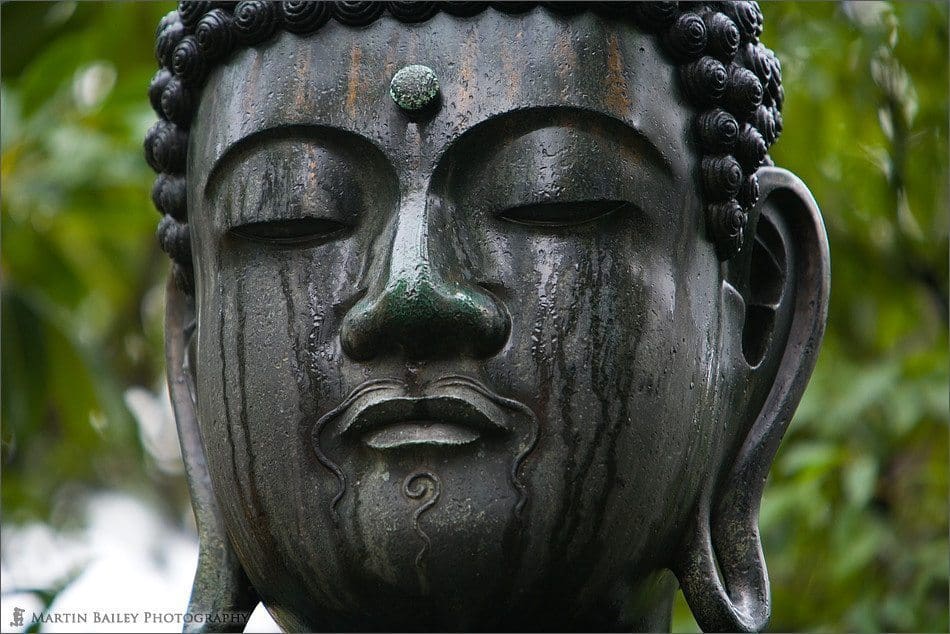
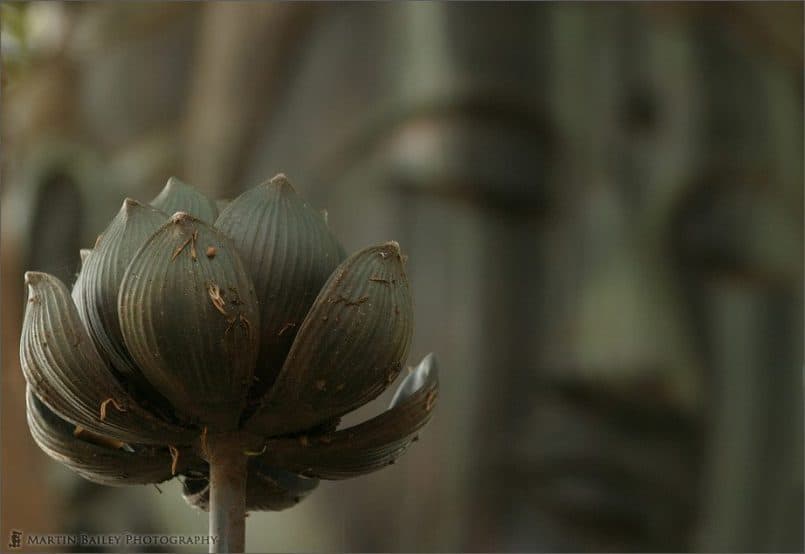
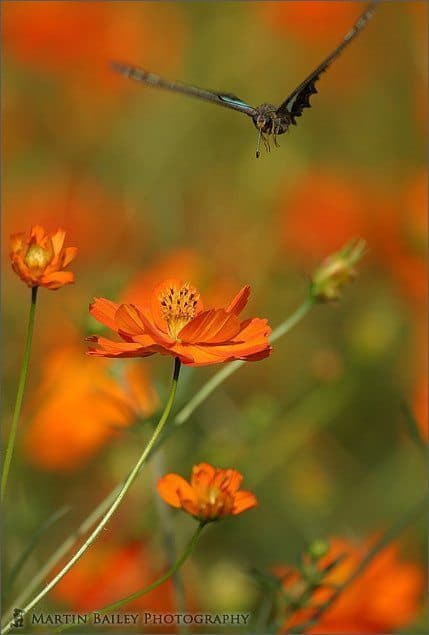
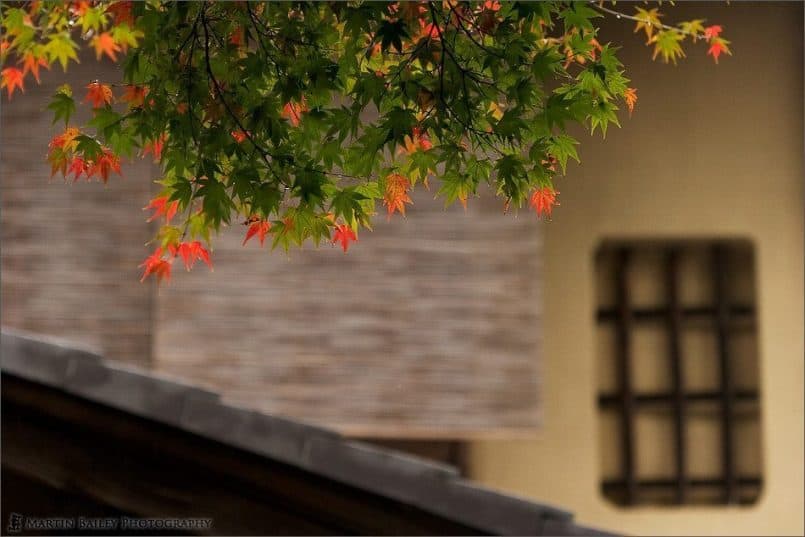
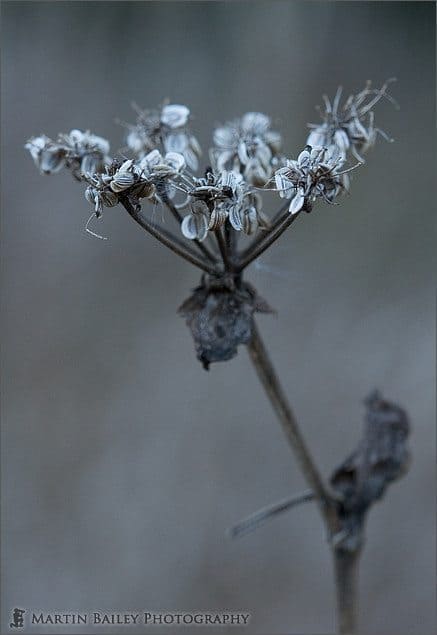
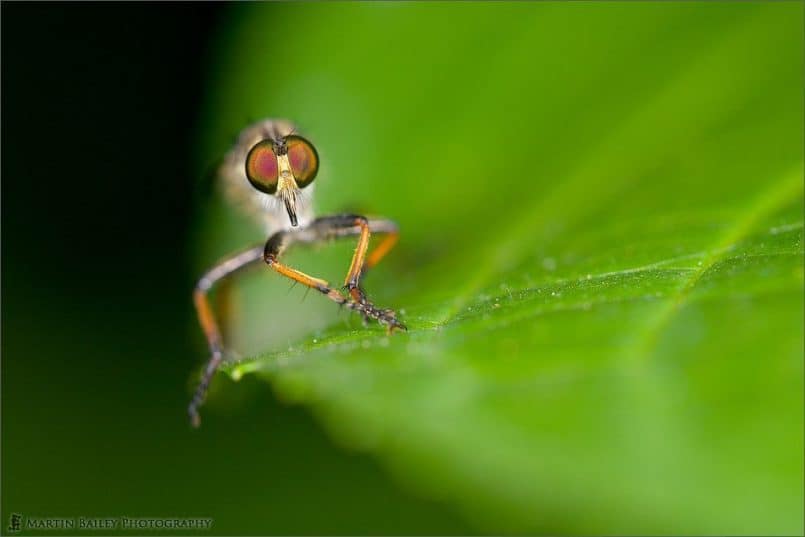
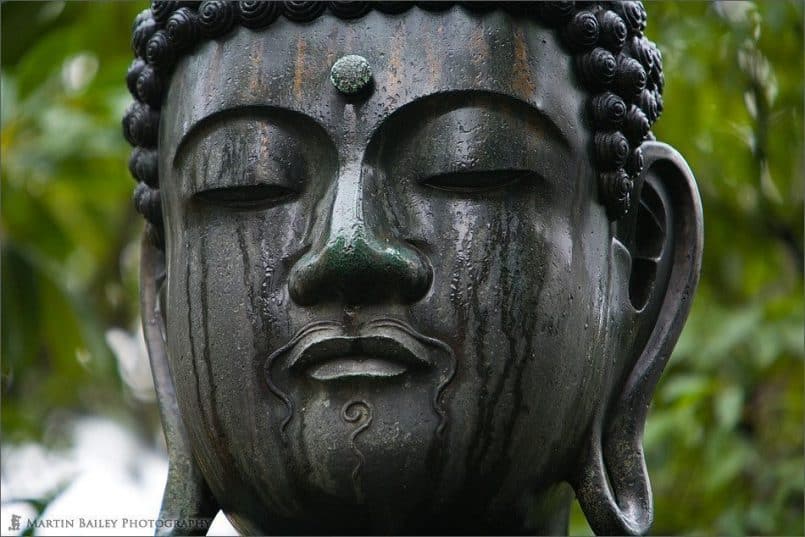

0 Comments